Cioccolati d’Italia Aims to Conquer International Markets with Regional Offering
Chocolate is not generally one of the first items that come to mind when thinking about Italy. Cioccolati d’italia, a new industry association, tasked to promote Italian fine chocolate is trying to change that. Chocolate has a long history in Italy linked to regional traditions, specific ingredients from specific terroirs, and superior artisanal craftsmanship.
In the chocolate market, Italy competes with Belgium and France, better known chocolate making countries. Cioccolati d’Italia, which currently has 60 members, is trying not only to promote Italian chocolates but also to enable chocolatiers to have access to cacao farmers in producing countries.
The idea is to group artisans together in order to afford them the opportunity to meet farmers in the countries of origin of the cacao product such as Ecuador, Santa Domingo, Colombia, and other Cacao producing nations. “Imagine if a wine
producer was never able to see their grapes before the wine was made. That seems like an absurdity but that is the situation with chocolate producers today,” said Filippo Pinelli, Chief Executive Office of the Rome based organization, “Italian chocolate makers are true artisans of their craft but many have never had the chance to go to a farm in a producing country and see how the raw ingredients are produced.”
Cioccolati d’Italia will encourage cacao producers and Italian artisans to meet and discuss their needs and product specifications. Some of the other benefits which accrue to members of the association are marketing and branding help as well as promotional opportunities at trade shows. “Most chocolatiers are small family run firms without access to the producers of cacao. If we have a larger group, we can also buy cacao in larger quantities using fair trade principals. None of these smaller artisans could do that alone.”
The price for raw materials is generally made by the large multinationals that control the chocolate market. While the small artisan producer could never hope to influence price, they can attempt to get better deals for themselves by joining together and buying in larger quantities.
Cioccolati d’Italia participated in the recent edition of the Fancy Food show at the end of June with a large stand and numerous chocolate tastings from 15 producers including among others Mirco della Vecchia, Marco Vacchieri, Di Lorenzo Pasticceria, and A. Giordano from four principal chocolate producing regions in Italy: Sicily, Tuscany, Piedmont and the Veneto.
All four of these regions have long traditions making chocolates which span hundreds of years. Each region produces a different type of chocolate and uses particular ingredients. The Medici family from the Tuscan city of Florence, for example, was among the first to drink hot chocolate in cups. Their chocolate apparently was enhanced by floral notes such as Jasmine flowers while some modern Tuscan producers also use refined local olive oil to flavor their products
Piedmont on the other hand has always been quite well known for their chocolates which are made with hazelnuts known as nocciole in Italian while the Veneto makes chocolates with local products such as grappa or honey.
Sicily, known for chocolates with pepperoncino, citrus fruits and pistachios has a very long history with chocolate which began under Spanish rule. The Spaniards had discovered chocolate through their possessions in the Americas. The most famous area where chocolate is made in Sicily is a county called Modica.
Chocolate from Modica is very unique. It is textured and crunchy and quite unlike almost every other chocolate around the world today. In fact, chocolate from
Modica is more similar to that of the Aztec Indians than it is to the traditions of Piedmont or Tuscany where creamier chocolates are made.
These types of regional particularities are what make Italian chocolate so special and so
interesting. Be it a cremino from Piedmont or a crunchy bar from Modica or a modern chocolate from Tuscany, Italy seemingly has a chocolate for every taste.
At the Fancy Food Show, Monica Meschini, a consultant to the fine chocolate organization, a chocolate shop owner in Florence and an expert chocolate taster sat down with I-Italy and explained the extremely complex procedure by which cacao becomes chocolate. This elaborate process is also taught during courses at the organization’s Milan headquarters.
Meschini noted that when tasting chocolate you have to do a sensorial analysis, much like tasting tea or wine. One does both a visual exam and then a more fun, exam of how the chocolate tastes on your palate. “Chocolate should have a deep color but not be too black because that means it has been over toasted to hide defects in the original product,” Meschini said.
Meschini organizes full immersion seminars to prep artisans and producers on how to choose cacao beans. It would be great to do one of the full immersion classes to get a better sense of what goes into making chocolate but it would also be dangerous to one’s waistline.
Currently there are no denominazione d’origine protetta (DOP) products in Italy in terms of chocolate. This designation is usually assigned to foodstuffs from a particular area of region such as Balsamic Vinegar from Modena, Radicchio from Treviso and Bresaola from Valtellina. One hopes a chocolate DOP will be assigned soon.
Chocolate production has become much more refined as food safety, traceability and authenticity have become buzzwords in the food business. One example of this is that there are now ““cru” cacao plantations much like the revered 1855 Classification of the First Growths of Bordeaux. These plantations command higher prices and the quality of the cacao are considered to be superior. So much attention to quality of the raw materials can also benefit the farmers, a central tenet of Cioccolati d’Italia’s mission. “We want to help both our artisans and the farmers in developing countries through fair trade practices, “ Pinelli said.
Pinelli has long term plans for the organization and hopes to open a sales point in New York City in the next five years. That’s one project I sincerely hope comes to fruition.






























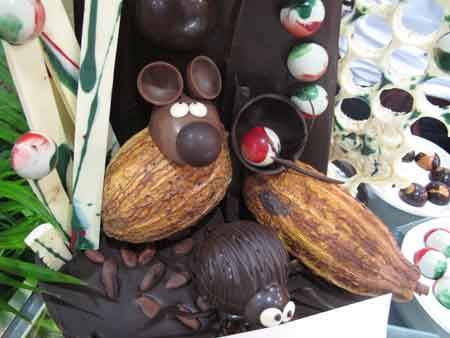


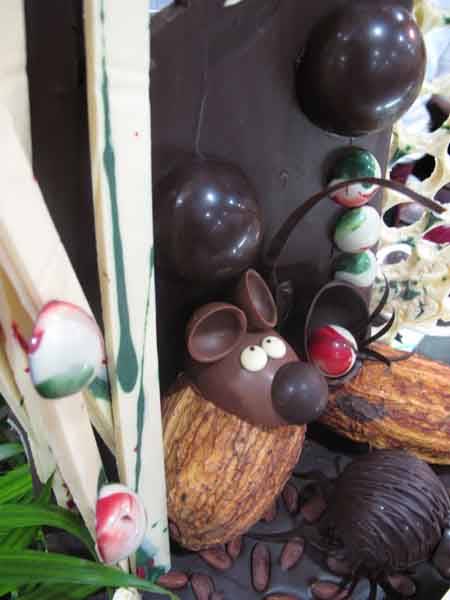
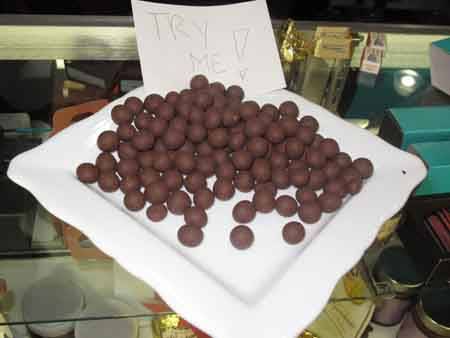
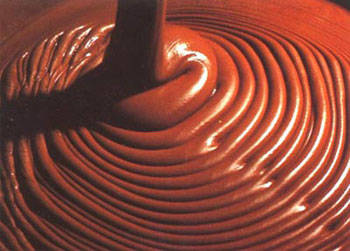

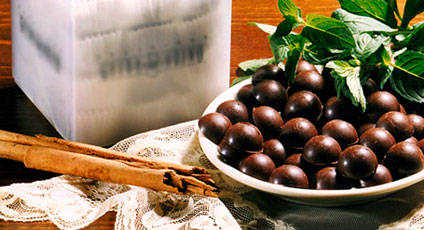
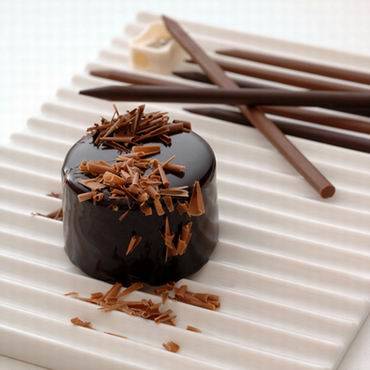






i-Italy
Facebook
Google+
This work may not be reproduced, in whole or in part, without prior written permission.
Questo lavoro non può essere riprodotto, in tutto o in parte, senza permesso scritto.